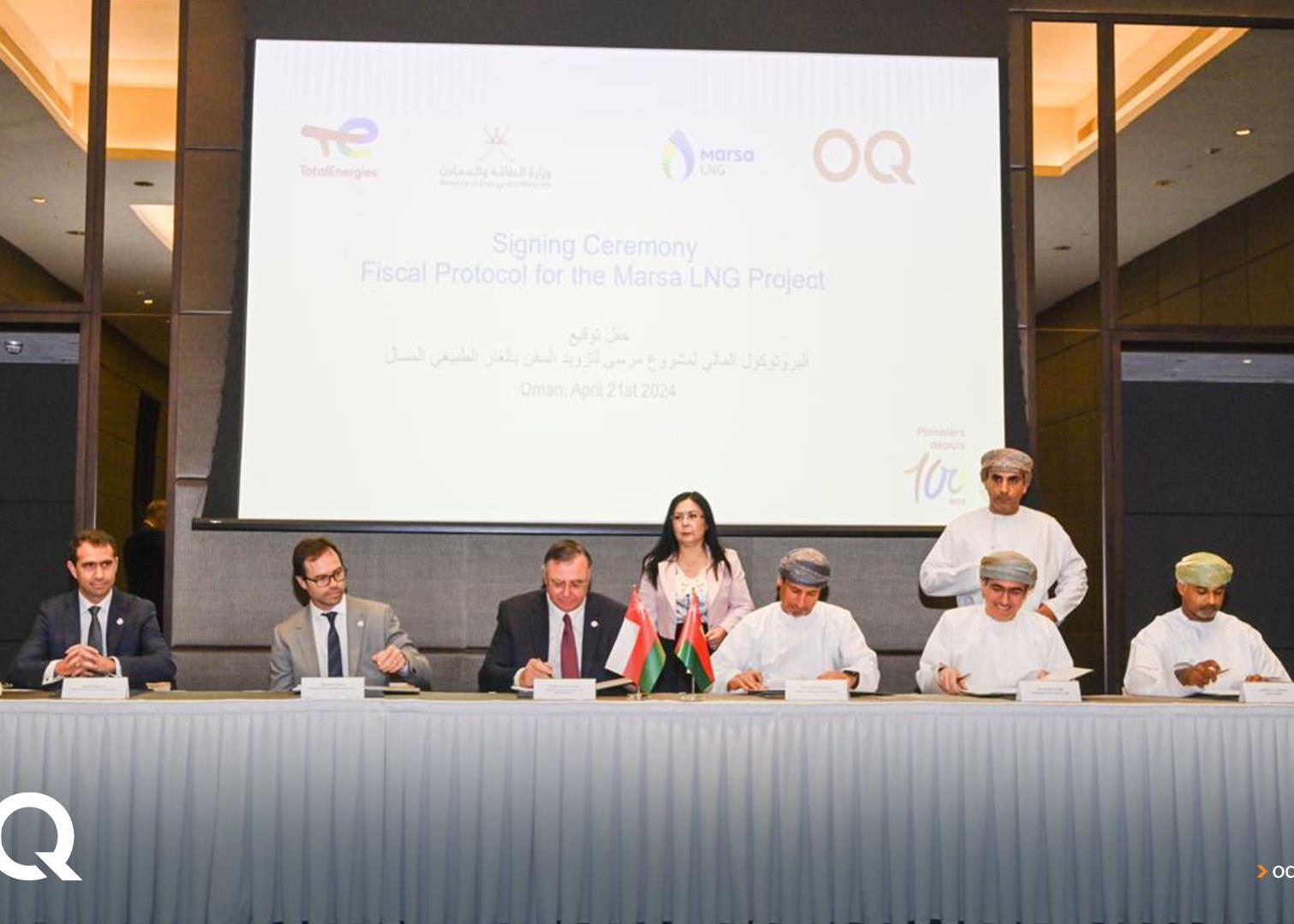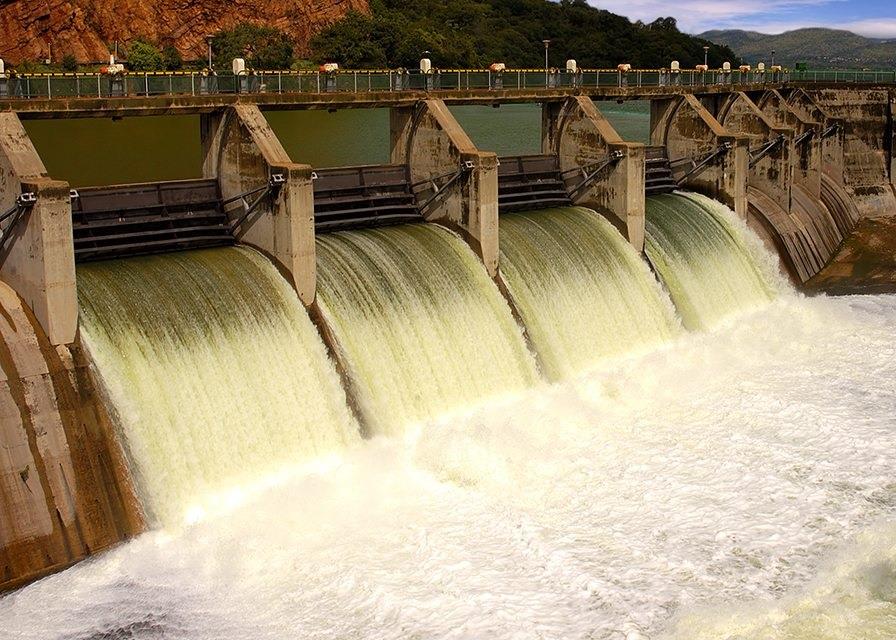
TEE-OFF time is fast approaching for golf enthusiasts in Qatar. By late October, the first nine holes on the new Doha championship course should be open and Qatar's bid to become a major venue for international sporting events will get a further boost. The new course is destined to make a major impression. 'People will go there and say 'wow',' promises project architect Peter Harradine. 'I can guarantee that Doha will be one of the most unique golf courses in the world.'
Golf is big business these days. Increased leisure spending and a high media profile have transformed an elite pastime into one of the fastest growing sports in the world. In much of the world, demand is running so high that golfers may spend years on a waiting list before obtaining membership at a golf club.
Interest in the sport is not confined to Europe, Japan and the US. India is planning to create a series of world class courses and, of course, even the Gulf has taken the game to heart. Dubai's success with golf courses, first at Jebel Ali and then on the creek in Dubai itself, is being emulated elsewhere. Besides Doha, a new $49 million golf complex is taking shape in Abu Dhabi and Oman and Bahrain are considering similar plans.
The new golf courses of the Gulf cater for much more than local expatriate demand. In Dubai, which now boasts three courses, golf is an integral part of the government's drive to create an attractive environment for multinational corporations and their staff, and well-heeled tourists who can be tempted to take a break from the European winter. The clubs have already proved an invaluable marketing tool for Dubai. The annual professional golfers association (PGA) tournament, held each spring at the Emirates club, has done much to focus international attention and interest on Dubai.
The challenges presented by golf course construction in the Gulf are not as great as some people imagine, says Harradine, who heads his eponymous consultancy, Harradine Golf. 'Everybody thinks that because of the sand here, its is technically much more difficult than in Europe. It isn't. OK, sometimes it is not always the right sort of sand, but even on most European courses you have to import sand. Also, growing grass on sand can be a lot easier than on most European soils.'
The climate has some surprising advantages too. Contractors can work almost all year round, unlike in Europe, where the weather can interrupt construction for weeks at a time. The grass can also enjoy an extended growing season. Gulf weather does have one obvious disadvantage, however. Due to the lack of rain, an elaborate irrigation system is necessary. On the Doha course, the system will supply between 3.5 million-5 million litres a day, just to keep the greens and fairways in prime condition. 'If all the courses in the Gulf area had to pay the real cost for the water, then I am sure they would all have to close down,' says Harradine.
Notwithstanding the water factor, construction costs can be much lower than in Europe. The price of the Doha course is currently set at QR 68 million ($18.7 million), although this could rise to QR 90 million ($24.7 million) if further work is done to clean up the rough. 'I think it is the cheapest course of its type ever built,' says the golf architect. 'I know of courses that are a lot worse than this, but cost considerably more to build.'
Work on the Doha project began in early 1993. Harradine was originally offered an alternative location in West Bay to build the 18-hole championship and nine-hole executive courses, but opted instead for a 125-hectare site next to the university.
Inauspicious start
At first sight, the plot seemed inauspicious. The area had once been a quarry and was extremely uneven, strewn with rocks and scarred by deep troughs. However, what it lacked in charm was more than offset by its many natural attractions. 'It is a crazy site, but that is what has made the course so interesting,' Harradine says.
Following the rock investigations and site surveys, Harradine set about designing the course in February 1993. His aim was to enhance the natural of the site and to create a course which would be a challenge for the professional while offering easier options to the handicapper. To complement the natural attributes and obstacles, the architect drew in eight artificial lakes and allowed for the planting of about 5,000 shrubs, over 6,000 trees and 10,000 cactuses, including giant ones to be specially imported from Arizona. A clubhouse in traditional Arab style was to be set on one of the highest points of the course to give it prominence and to enjoy panoramic views over the course, West Bay and Doha itself.
Final designs were completed in mid-1993, a month after the first construction package was tendered. This was for the most difficult element on the project, the earth movement and land formation. It accounted for about 40 per cent of the total scope of works and involved extensive blasting. Much of the blasted rock was subsequently fed into a special crusher to produce a fine gravel. Once the irrigation network was installed, the gravel was spread over the course and then covered with a layer of sand, which provided a bed for the special Bermudan grass.
The programming for the project was critical. The first grass was planted in the autumn of 1993 on the driving range and putting green. An early start was needed here as both areas had been set aside to provide a nursery. Two different strains of Bermudan grass were grown. Harradine personally imported one strain from California which is now used on the fairways of both the Doha and Abu Dhabi courses.
Construction work is now drawing to a close. By December, all 18 holes on the championship course are due to open. In March, the nine-hole executive course will be ready to play and the clubhouse will be finished by early summer. The club's official inauguration ceremony is expected to take place on national day next September.
Doha has great plans for its new attraction, not least staging a PGA tournament in 1998. By then, golfers will have had the chance to put the new course through its paces and to test the glowing claims made on its behalf. 'This complete layout must be seen to believed,' read a recent press release from the Doha club. 'We are sure that we have created a championship course that is challenging but fair, without exaggerating the difficulties, which are inherent in this great but frustrating game of golf.' Keen golfers visiting Qatar need no longer feel frustrated. Perhaps some of those who play there may even attain greatness in their chosen sport.
You might also like...

Ajban financial close expected by third quarter
23 April 2024

TotalEnergies awards Marsa LNG contracts
23 April 2024

Neom tenders Oxagon health centre contract
23 April 2024

Neom hydro project moves to prequalification
23 April 2024
A MEED Subscription...
Subscribe or upgrade your current MEED.com package to support your strategic planning with the MENA region’s best source of business information. Proceed to our online shop below to find out more about the features in each package.








